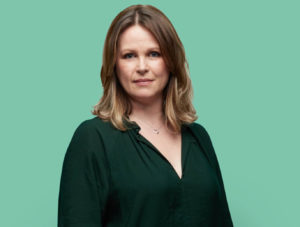Step 1 – Create your Northstar and decide what it means for your positioning
Every company needs a compelling Northstar that drives all other targets and KPI’s. It should be ambitious but specific and quantifiable. The creation of a Northstar is a huge topic in its own right which I won’t go into now, but it must be in place if you are to develop an effective long term sales and marketing strategy.
Once your Northstar is defined you then need to look at what it means for your positioning. By using a simple pricing/quality matrix you can place the business exactly where you intend to be in relation to the competition:
Step 2 – Review what this means for your customer experience
Once you have positioned your business on the matrix, you must then decide in practical terms what this will mean for the customer experience. For this, I encourage businesses to look at their customer experience as if it were a three-legged stool.
Leg 1 – People – how will your people interact with customers, dress, talk and behave? How quickly will they answer the phone? Will they ask you about your day?
Leg 2 – Product – what benefits does the product offer? How does it make you feel? Why is it superior to the competition?
Leg 3 – Place – what impact do the physical surroundings have on the customer’s experience? If you’re a restaurant, what quality are the tables and the napkins? How frequently are the floors cleaned?
Most companies think only of people when considering the customer experience, but the very nature of a stool, of course, is that if any of the legs is missing then you soon find yourself on your ass. Giving all three elements equal attention is the key to ensuring your customer experience truly places your brand where you intend on the price/quality matrix.
It also applies to the B2B organisations, where ‘place’ refers to route to market, such as deliveries, etc. And of course in the digital world, where “people” refers to your interaction via webchat and social media, “product” will be the digital content and “place” will be the website.
Step 3 – Do the numbers
The next step is to consider the numbers required to turn these strategic changes into specific outcomes. In the retail world we look at three variables that determine sales:
– Footfall
– Conversion rate
– Average spend
If you have 1000 people converting at 40%, with an average transaction spend of £50, then your sales are £20,000. What never fails to amaze people is that if you want to double these numbers then all you need to do is increase each of these variables by 3% every quarter, and in eight quarters (two years) you will have doubled your revenue.
Your marketing should be focused on driving the footfall, while your sales team needs to be driving up the conversion rate and average spend. By taking this simple approach you can turn an ambitious vision into a very specific and achievable series of quarterly targets.
Once again, these principles translate directly into the digital world, where your footfall is your website traffic and your conversion rate and average order values are the eCommerce equivalents.
Step 4 – Culture and the role of middle management
Ultimately, you can have the greatest strategy in the world but if it’s not lived and breathed by the people on the ground then it won’t count for much. For example, when I was at Selfridges there was a restaurant that was consistently struggling. I met with the team to talk them through the customer experience model and invited them to outline some of the obstacles the company was placed in their way. For instance, the ice machine was broken which meant they had to go three floors down to replenish it. This might sound trivial but it was one of the countless examples of where the business was making it unnecessarily difficult for the team to do their job.
Of course, the Selfridges board have enough to be getting on with without worrying about ice machines, but this is where mid-level managers play an essential role. In fact, I would argue that this is the most undervalued role in many businesses. It’s all very well trying to flatten your hierarchy, but ultimately it’s these managers that are in a position to listen to the workers and ensure such obstacles are identified and removed.
You can find out more about Alan’s practical and commercial approach to business consultancy and change management at http://www.alan-oneill.com.




